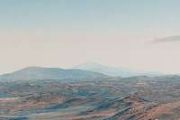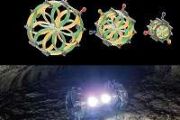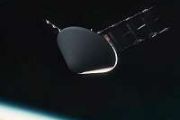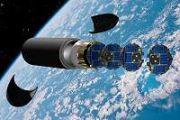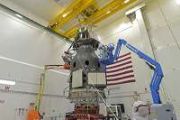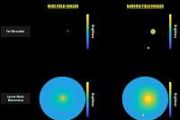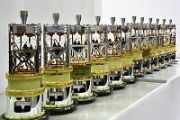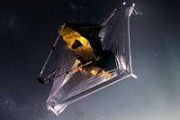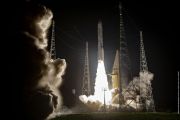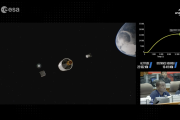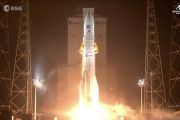
Copernical Team
NASA repairs issue with Voyager 1 space probe
 Engineers with NASA have repaired an issue with the space agency's Voyager 1 spacecraft, but have yet to identify the cause of the problem, officials confirmed on Tuesday.
The probe had been sending garbled data about its status, including information about its health and activities to mission controllers, despite otherwise operating normally.
NASA also said the rest of the probe
Engineers with NASA have repaired an issue with the space agency's Voyager 1 spacecraft, but have yet to identify the cause of the problem, officials confirmed on Tuesday.
The probe had been sending garbled data about its status, including information about its health and activities to mission controllers, despite otherwise operating normally.
NASA also said the rest of the probe Space station experiment to probe origins of elements
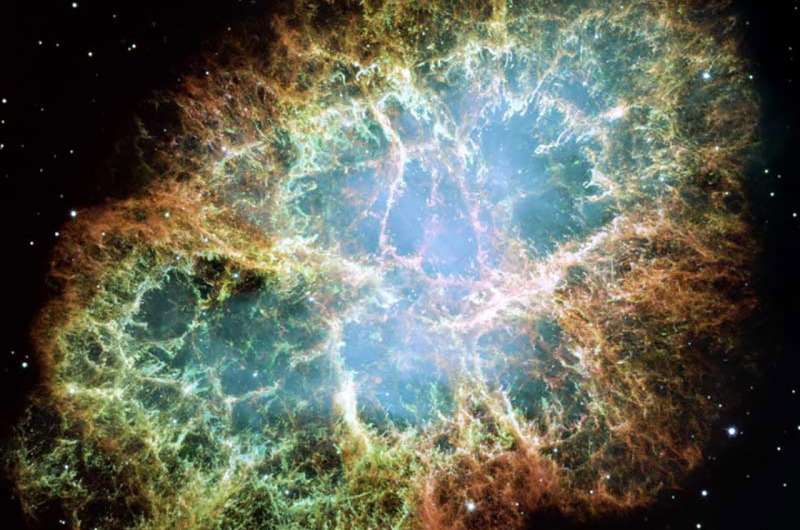
Astronomer Carl Sagan put it best: "We're made of star stuff." The atoms that make up the chemicals of our bodies didn't originate on Earth; they came from deep space. The big bang created hydrogen, helium, and a little bit of lithium, but heavier atoms—the ones essential for life—came from processes related to stars.
Scientists can now probe deeper. Which kinds of stellar processes produce which elements? And which kinds of stars are involved?
A new experiment called TIGERISS, envisioned for the International Space Station, aims to find out. TIGERISS has been chosen as the latest NASA Astrophysics Pioneers mission.
Pioneers are small-scale astrophysics missions that enable innovative investigations into cosmic phenomena. They may include experiments designed to fly on small satellites, scientific balloons, the space station, and payloads that could orbit or land on the Moon.
Earlier this year, the four previous Pioneers mission concepts, chosen in January 2021, were given the green light to move forward with construction and have been approved to fly later this decade.
"The Pioneer missions are an invaluable opportunity for early to mid-career scientists to conduct compelling astrophysics investigations, while gaining real experience in building space-based instrumentation," said Mark Clampin, director of the astrophysics division at NASA Headquarters in Washington.
NASA will crash a spacecraft into a 525-foot-wide asteroid in September. Here's how to watch it
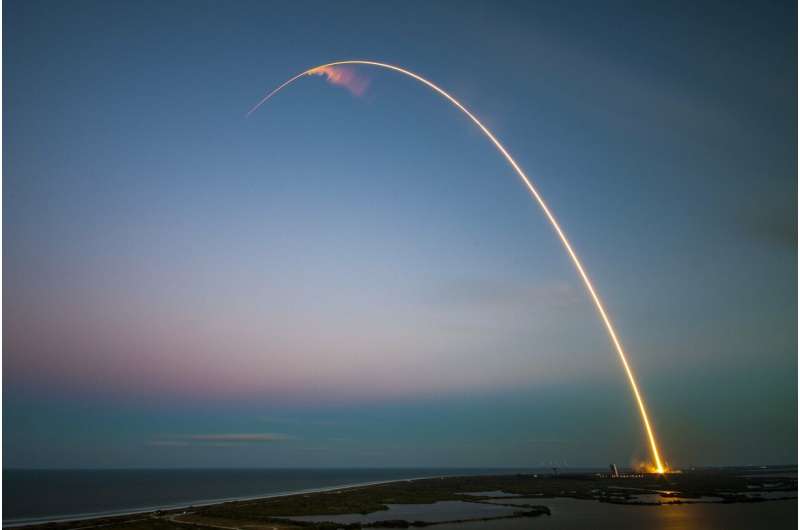
NASA is preparing for their "Armageddon"-like mission of crashing a spacecraft into an asteroid, and they want the public to watch live.
Asteroids frequently get close to hitting Earth, but it's been over 65 million years since a catastrophic one has impacted our planet. Plus, there's been renewed interest in objects hurtling toward us since the popularity of the 2021 doomsday comedy "Don't Look Up."
Luckily, NASA will test out its plan in case it ever happens.
The space agency's Double Asteroid Redirection Test, or DART, will crash into the asteroid Dimorphos, which orbits a larger asteroid named Didymos, next month. Scientists say neither asteroid is headed towards Earth, but with Dimorphos at an estimated 520 feet long, it is an asteroid that could cause significant damage if it were to hit Earth, NASA says.
Regardless of the outcome, the mission will give astronomers and scientists "important data" on what the response would be should a dangerous asteroid have a collision course with Earth. There currently is no threat to us, scientists say.
"We don't want to be in a situation where an asteroid is headed toward Earth and then have to be testing this kind of capability.
Engineers solve data glitch on NASA's Voyager 1
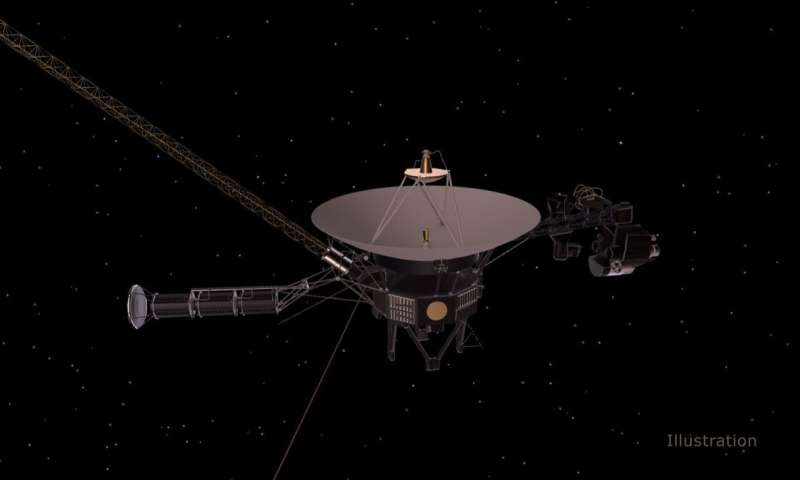
Engineers have repaired an issue affecting data from NASA's Voyager 1 spacecraft. Earlier this year, the probe's attitude articulation and control system (AACS), which keeps Voyager 1's antenna pointed at Earth, began sending garbled information about its health and activities to mission controllers, despite operating normally. The rest of the probe also appeared healthy as it continued to gather and return science data.
The team has since located the source of the garbled information: The AACS had started sending the telemetry data through an onboard computer known to have stopped working years ago, and the computer corrupted the information.
Scientists to collaborate with Artemis missions to seek traces of extraterrestrial life
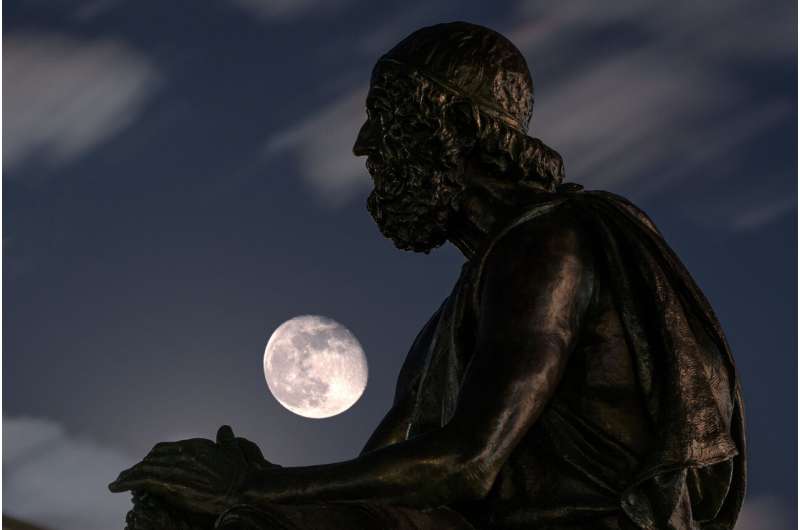
Was there ever life on the moon? What about on other planets?
With the U.S. slated to blast off soon to orbit the moon—its first trip there in 50 years—the University of Virginia and NASA's Artemis space missions seek to answer big questions like these, while pushing the scope of what can be analyzed on alien soils.
The new collaborative research will take the form of a roving, ground-level probe. It won't be done in time for this first unmanned launch, of course.
Instead, the technology could be part of a future mission to the moon—and perhaps beyond. The space program is also contemplating putting humans on Mars.
"The basic idea of this NASA-funded project is to obtain biological and elemental signatures, as well to detect surface morphology, to determine whether there was any life," said engineering professor and principal investigator Mool Gupta, in whose laser lab a key portion of the technology will be created.
Space station research contributes to navigation systems for moon voyages
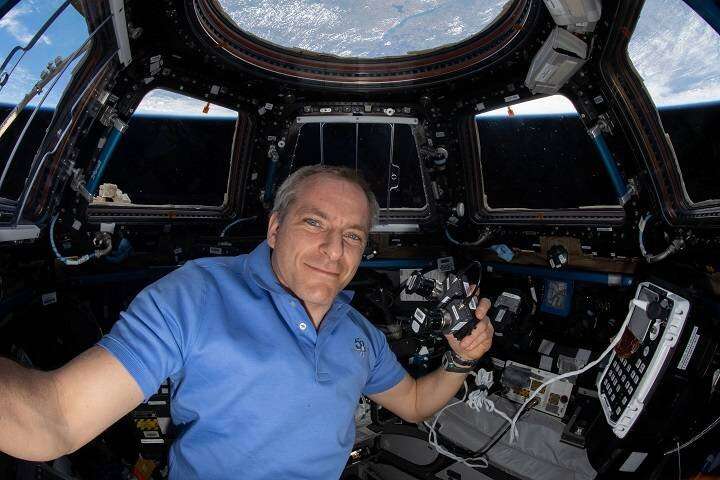
On its mission to the Moon, NASA's Orion spacecraft is designed to use NASA's Near Space Network and Deep Space Network to navigate. But if the craft loses communication with the ground or the Networks, crews can use a backup autonomous navigation system known as Optical Navigation (OpNav). This system analyzes images of the Moon or Earth taken from the spacecraft to determine its position relative to either of those two bodies.
An investigation currently underway aboard the International Space Station is helping developers of OpNav fine-tune the system to ensure that crews return home safely. The Moon Imagery investigation uses photographs of the Moon taken from the space station to calibrate the system software.
"The space station gives us a platform to collect images of the Moon without interference from Earth's atmosphere," says principal investigator Steve Lockhart at NASA's Johnson Space Center in Houston.
Artemis 1 mission sets the stage for routine space exploration beyond Earth's orbit

NASA's Artemis 1 mission is poised to take a key step toward returning humans to the moon after a half-century hiatus. The launch was scheduled for the morning of Aug. 29, 2022, but was postponed due to an issue with one of the rocket's engines. The next opportunity to launch the rocket is Sept. 2, 2022. The mission is a shakedown cruise—sans crew—for NASA's Space Launch System and Orion Crew Capsule.
The spacecraft is scheduled to travel to the moon, deploy some small satellites and then settle into orbit. NASA aims to practice operating the spacecraft, test the conditions crews will experience on and around the moon, and assure everyone that the spacecraft and any occupants can safely return to Earth.
The Conversation asked Jack Burns, a professor and space scientist at the University of Colorado Boulder and former member of the Presidential Transition Team for NASA, to describe the mission, explain what the Artemis program promises to do for space exploration, and reflect on how the space program has changed in the half-century since humans last set foot on the lunar surface.
Yeast bound for moon will provide clues on how radiation impacts astronauts

A team of researchers led by CU Boulder is sending some unexpected hitchhikers to the moon: Twelve bags filled with baker's yeast (Saccharomyces cerevisiae), the same kind of hard-working cells that make bread rise and ferment beer and wine.
As early as Friday, a rocket taller than the Statue of Liberty is scheduled to blast off from a launch pad in Florida, carrying NASA's new Orion space capsule into Earth's orbit for the first time. From there, the spacecraft, designed to transport four astronauts, will begin a 42-day journey to the moon and back to Earth.
There aren't any humans aboard this mission, called Artemis 1. But that doesn't mean there won't be passengers. Three human mannequins, named Moonikin Campos, Helga and Zohar, will fly aboard Orion—as will four biological experiments, including one designed by a team at BioServe Space Technologies, a center in the Ann and H.J.
Tighter controls on hazardous chemicals to impact space industry
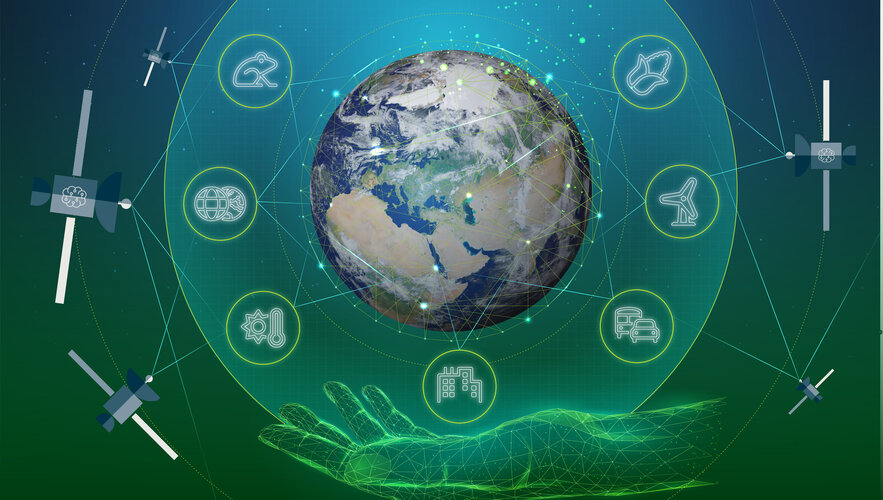
Revision to practices on the authorisation and restriction of hazardous chemicals in the EU and the new ‘Essential Use’ concept are set to further impact space programmes, the space sector and its supply chains.
Sol 3572: And Now for Something Completely Different? Or Not!
 We are almost through Paraitepuy pass, an area between two large buttes that has made for tricky driving while dealing with communication challenges, sand and broken-up rocks. But the end is in sight as we near an area identified from orbit as probably containing hydrated magnesium sulfates, in contrast with the clay-bearing unit that we have been transitioning out of.
Before we get there
We are almost through Paraitepuy pass, an area between two large buttes that has made for tricky driving while dealing with communication challenges, sand and broken-up rocks. But the end is in sight as we near an area identified from orbit as probably containing hydrated magnesium sulfates, in contrast with the clay-bearing unit that we have been transitioning out of.
Before we get there 
